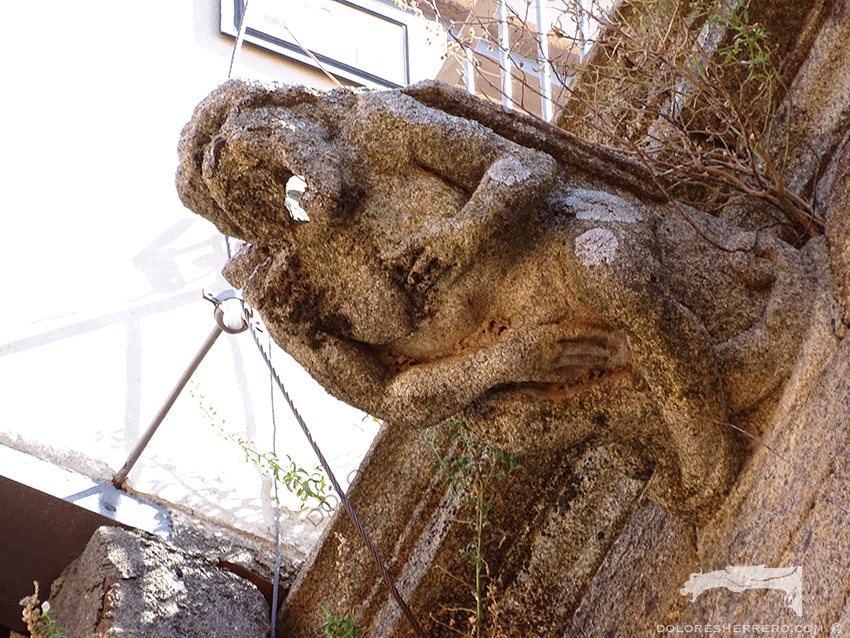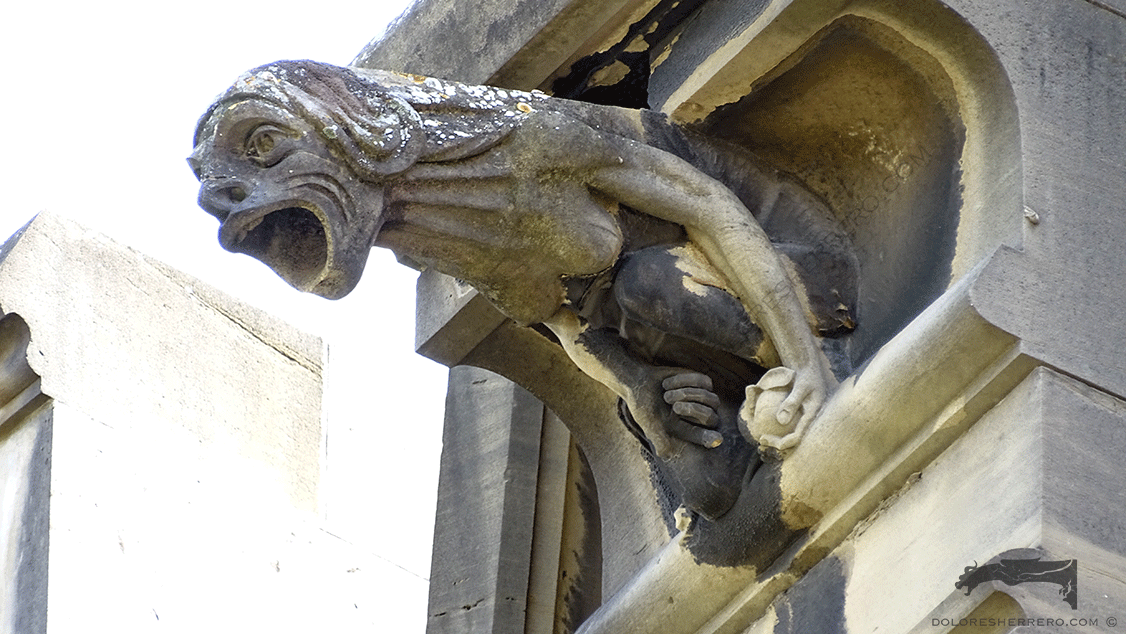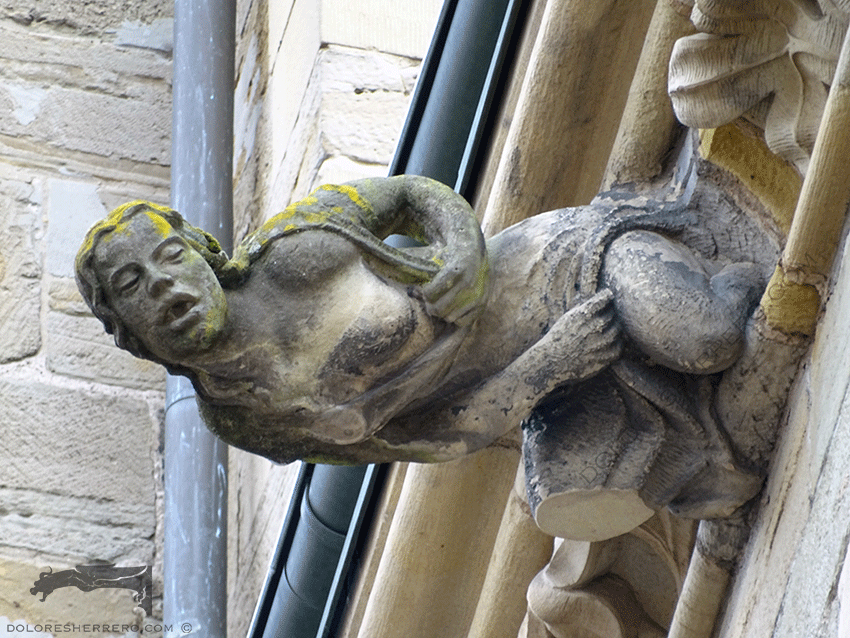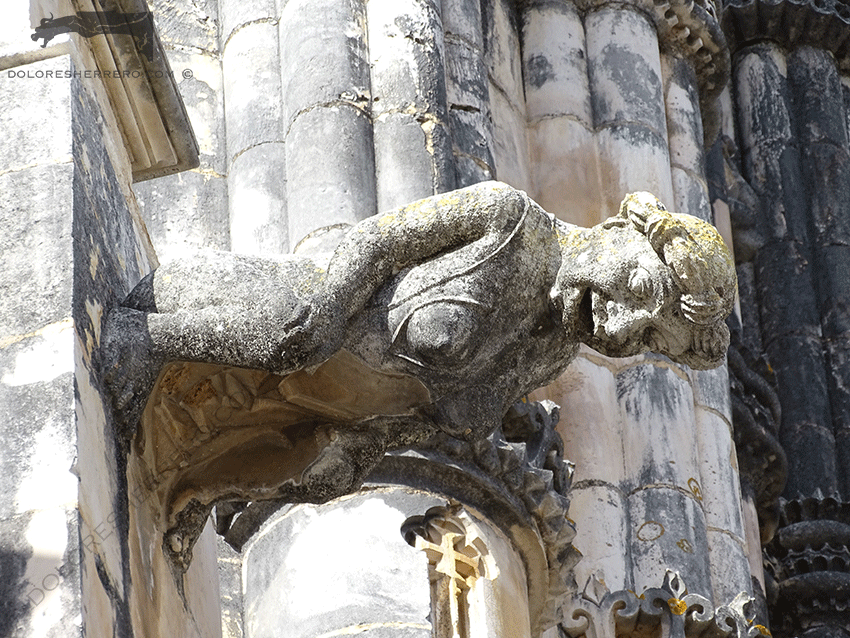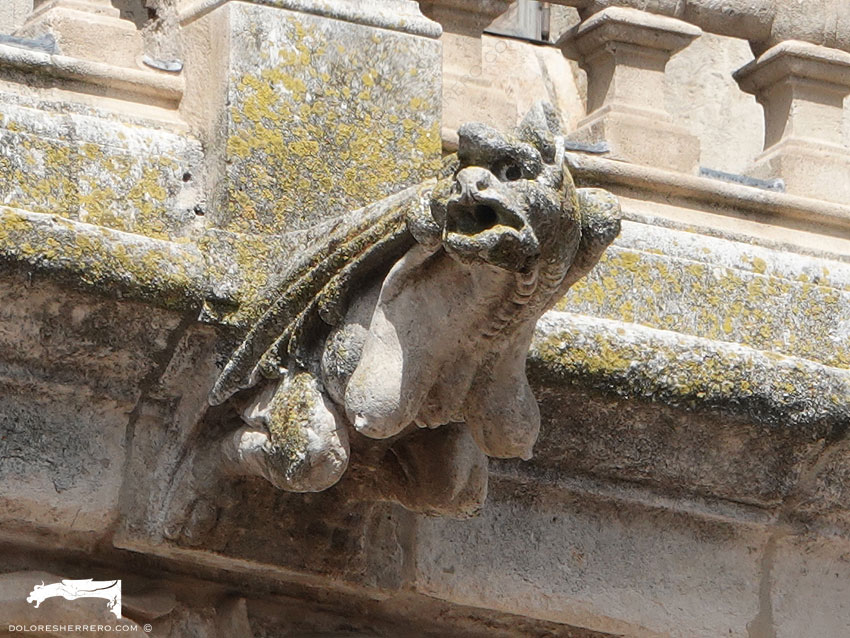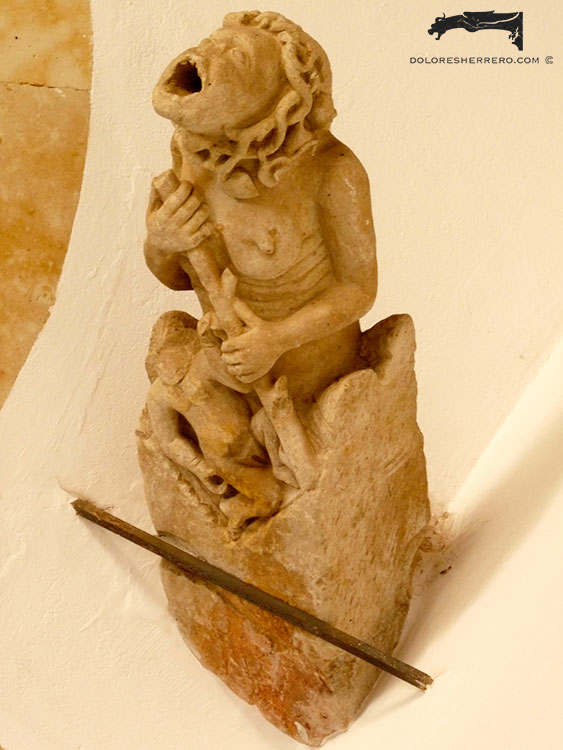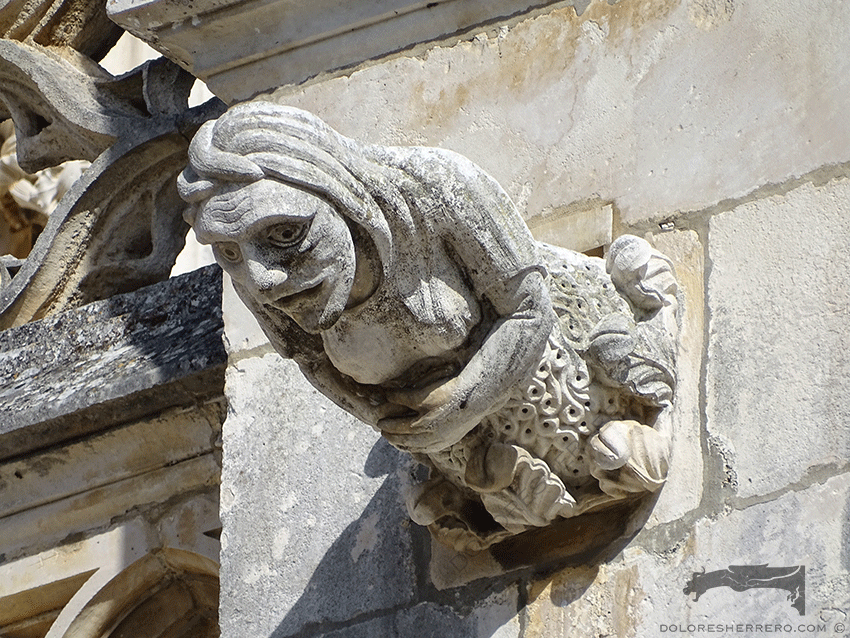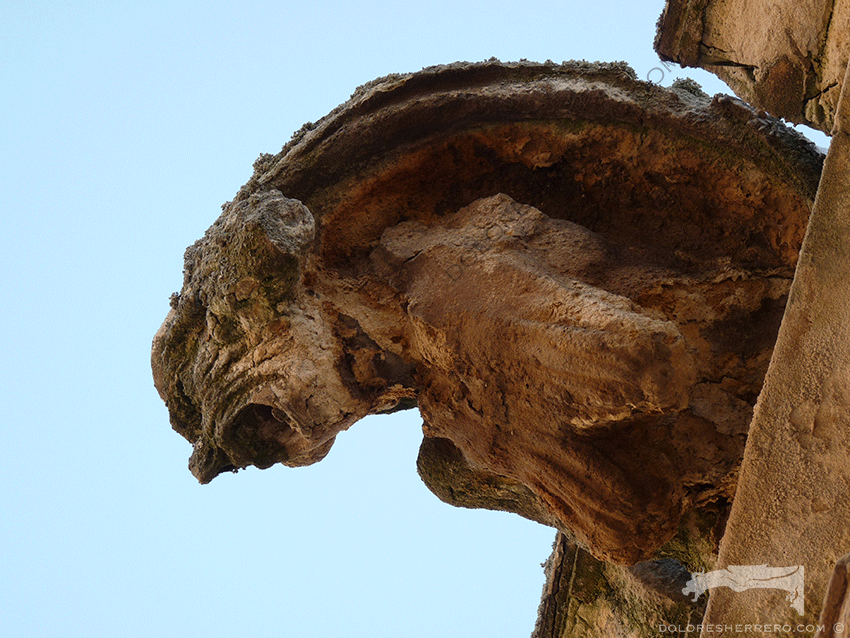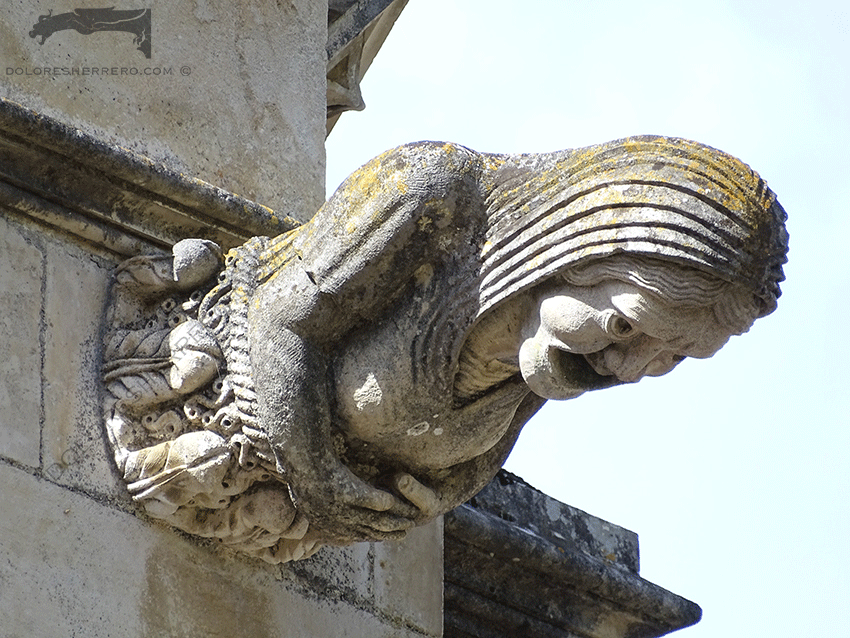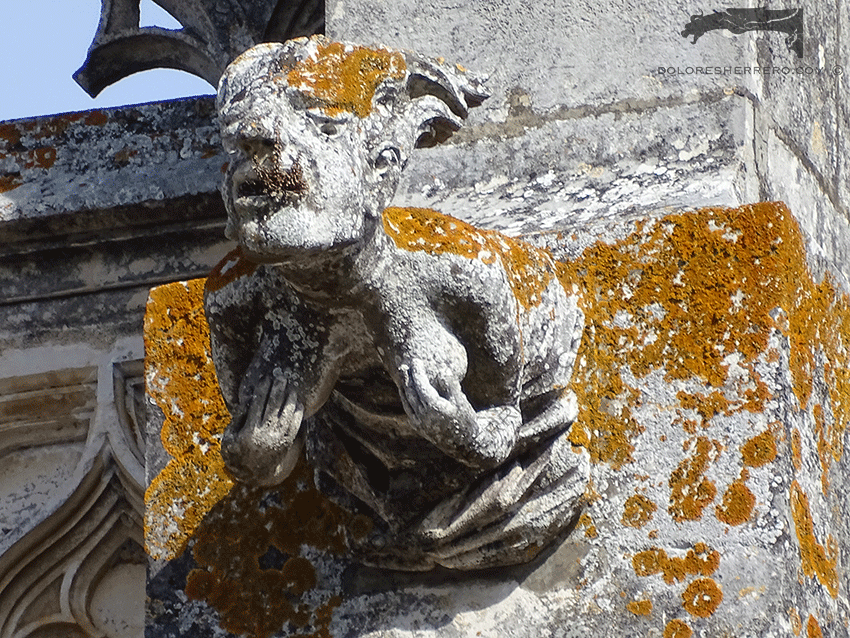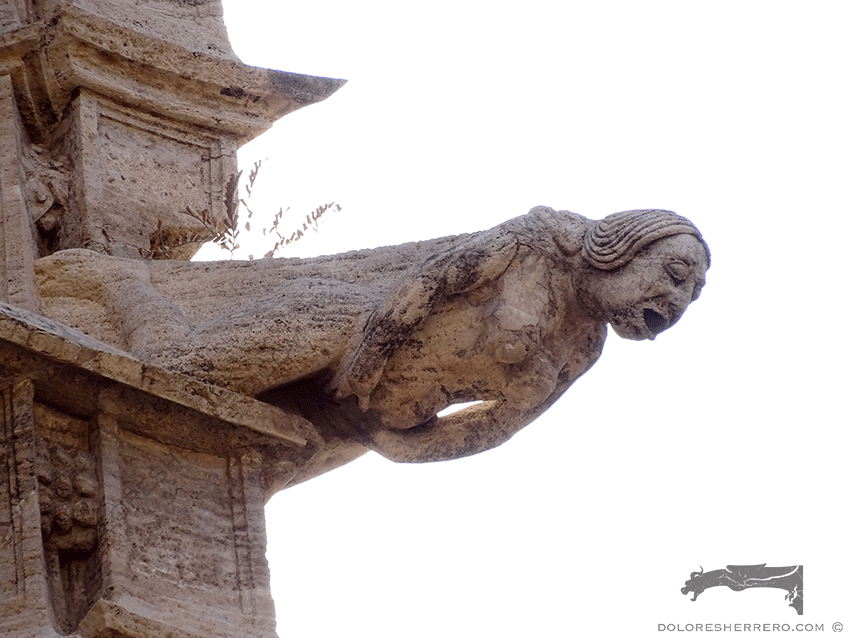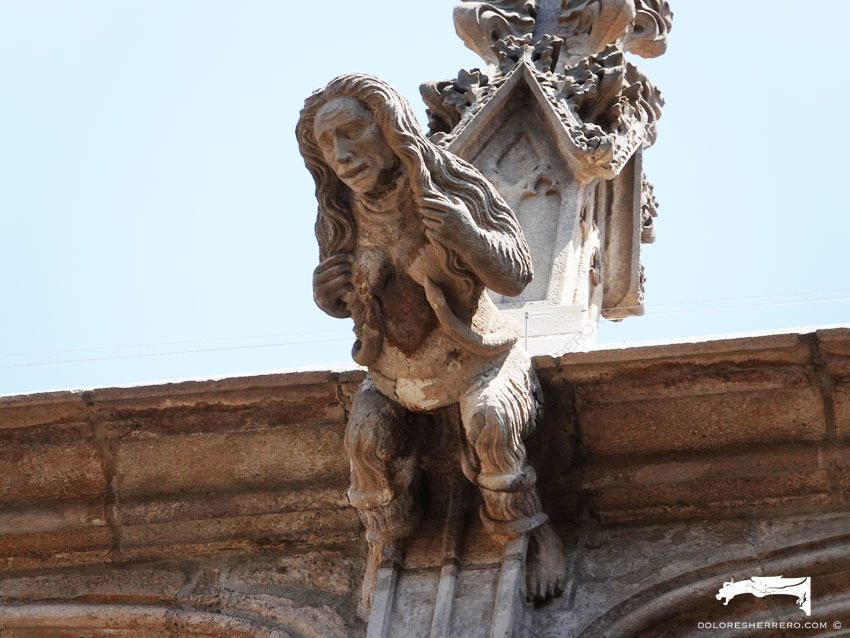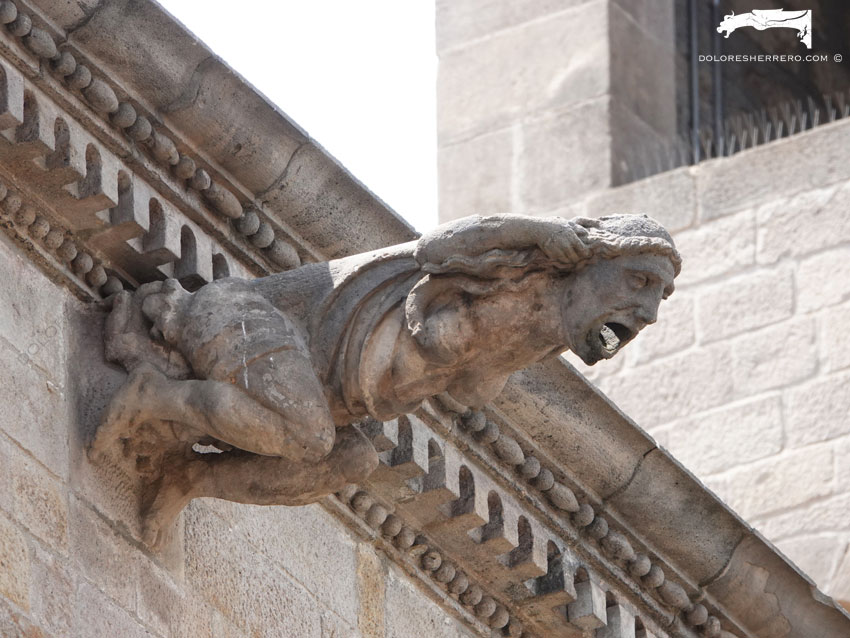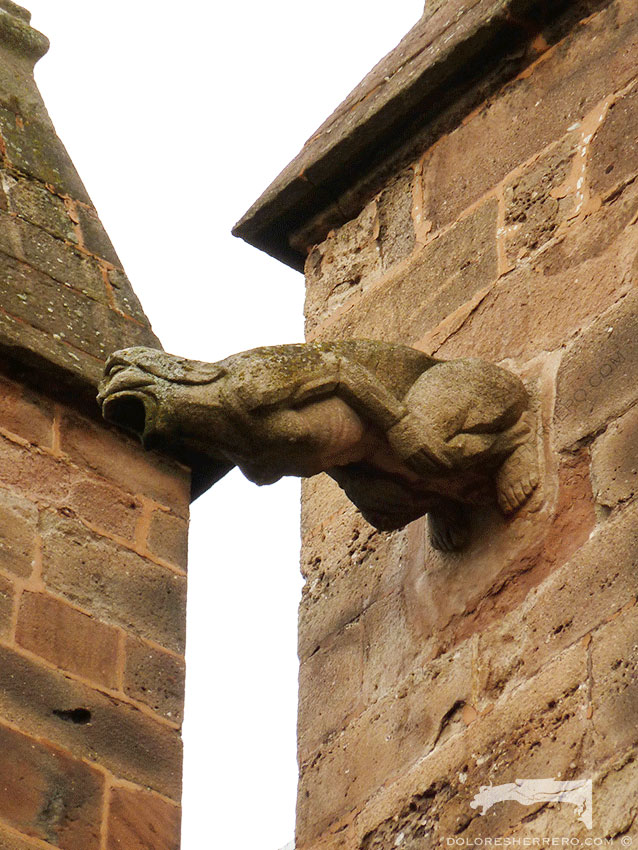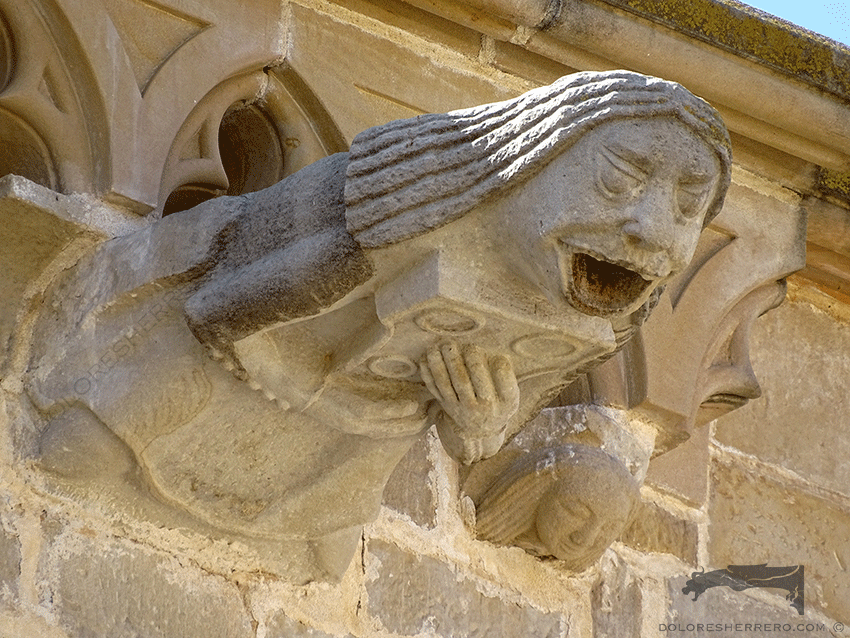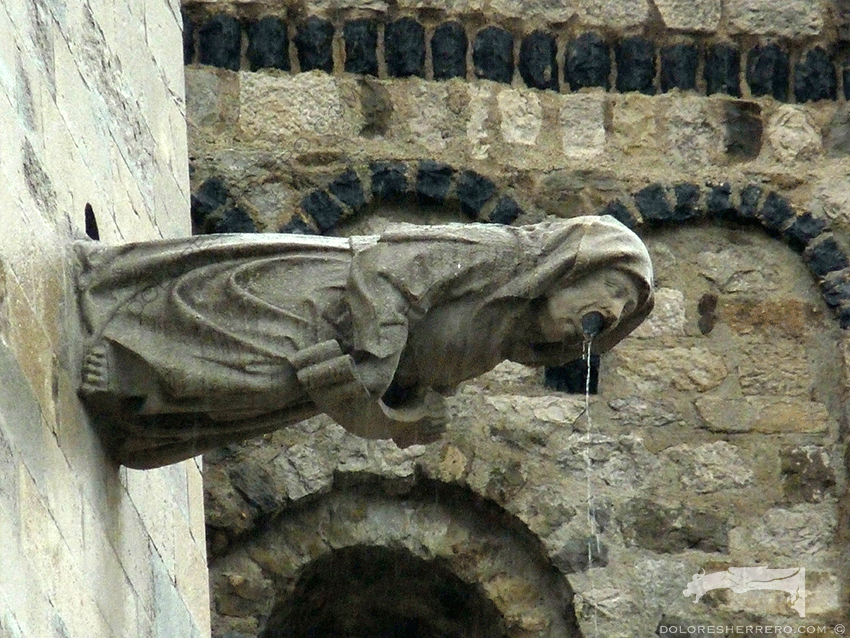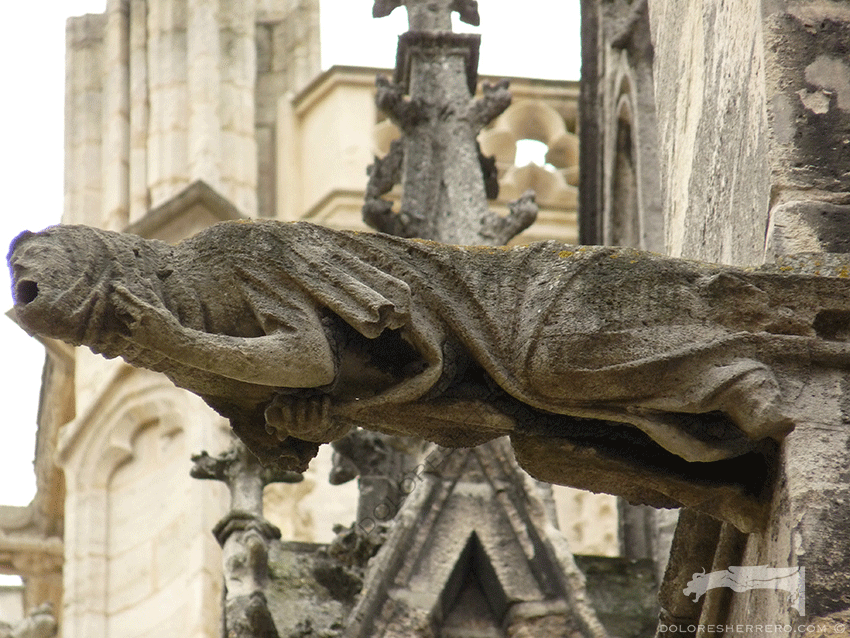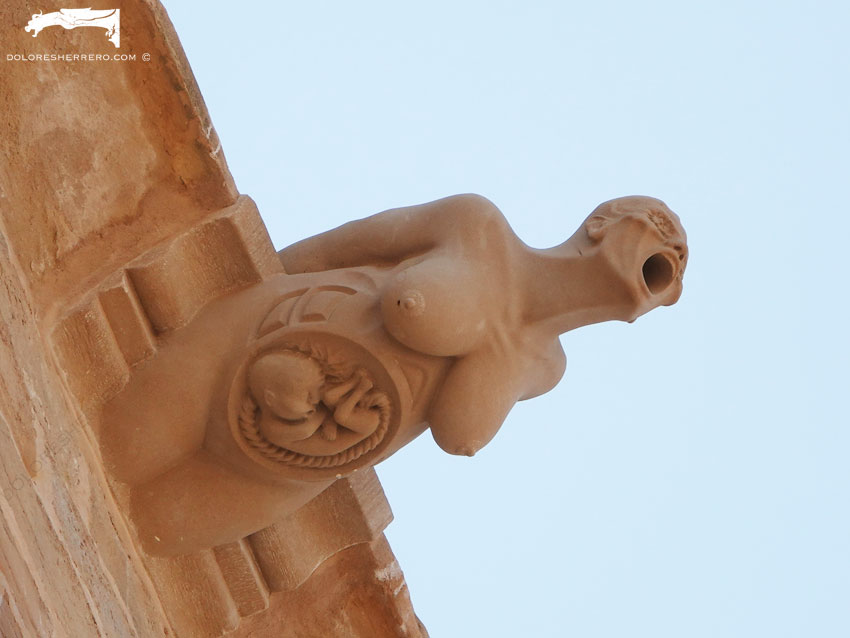One of the most fascinating aspects of art is the representation of women. There is sufficient material to write several theses about this enthralling subject, but here you have a brief contribution in recognition of the importance of the female figure in all the arts.
Today’s post is devoted to the representation of women in gargoyles.
Although some of the theories held about women in the distant past now seem ludicrous and unacceptable, they nevertheless serve to shed light on past convictions and female representations in many gargoyles. Unfavourable attitudes towards women, especially in the period in which mediaeval gargoyles appeared, influenced many of the gargoyles in cathedrals and other buildings.
One example of these theories is that given by Aristotle (4th century BC), which subsequently influenced mediaeval theologians, who considered women to be “defective men”.
Meanwhile, Augustine of Hippo (4th-5th centuries) stated that humans are divided into two parts, where the superior element (reason and the spirit) is masculine and the inferior element (the body, the flesh) is feminine.
In the Bible, the harlot (Babylon) is depicted as a woman clothed in purple and scarlet, wearing jewels and seated on a scarlet beast with seven heads and ten horns and blasphemous titles (Ap. 17, 1-8).
Le Goff contends that in the Middle Ages, Christian religion conveyed and dictated its principles, teachings and also its repressions to society. In this period, even original sin came to be viewed as a sin of the body, a sexual sin, when in truth it was a sin of pride. Hence, the body —and by extension, woman— was the primary victim of Adam’s and Eve’s sin.
- Church of San Pedro in Gata (Cáceres, Spain)
- Cathedral of María Inmaculada in Vitoria (Spain)
Continuing with biblical texts, another of the figures related to Eve and the serpent is Lilith, a female devil possibly of Assyro-Babylonian origin who seduced and devoured men, attacking them like a vampire as they slept. Also known as Adam’s first wife, Lilith is usually depicted with long hair and wings, and sometimes with a serpent’s tail. This figure subsequently influenced 19th century representations of the femme fatale. Although the term femme fatale was first coined in the second half of the 19th century, and appears in works of art or literature by Munch, Klimt and Wilde, the concept has been depicted in all the arts from ancient times until the present day, one shining example of the latter being the famous femmes fatales of 1940s American film noir.
- Church of Our Lady in Trier (Germany)
- Batalha Monastery (Portugal)
As we saw earlier in one of the posts on the devil, he is sometimes depicted with female attributes. Devils with women’s breasts appeared in the late Middle Ages, a time when women symbolised evil and guilt, and there was a greater interest in the diabolical. The devil, women and monsters formed a powerful blend, and monstrous images proliferated, with satanic and lascivious shapes and attributes. This was combined with images of old women and witches.
- Burgos Cathedral (Spain)
- Batalha Monastery (Portugal)
- Provincial Museum of Salamanca (Spain)
- Batalha Monastery (Portugal)
- Monterrey Palace (Salamanca, Spain)
- Batalha Monastery (Portugal)
- Grotesque. Cathedral of María Inmaculada in Vitoria (Spain)
- Grotesque. Cathedral of María Inmaculada in Vitoria (Spain)
All this is clearly manifested in the Malleus Maleficarum (1487), an inquisitorial treatise associated with the terrible witch hunts that took place at the time. In the Malleus, women are viewed as monsters and associated with depravity, since a woman was responsible for the fall and original sin. Mediaeval society’s superstition about witches was a projection of fear of women, represented as evil. Thus, women served as a scapegoat.
- Batalha Monastery (Portugal)
- Valencia Lonja (Spain)
- Palace of the Generalitat (Barcelona, Spain)
- Archive of the Crown of Aragon (Barcelona, Spain)
- Rodez Cathedral (France)
- Batalha Monastery (Portugal)

Valencia Cathedral (Spain)
This negative attitude towards women in the past has given rise to numerous representations in art, and is also reflected in gargoyles through images of devils or monsters with the breasts of a seductive woman, as old women or as witches. These were joined by mythological animals, half animal and half woman who symbolised evil and lust, such as gorgons, echidnas, sirens, harpies and the sphinx.

Batalha Monastery (Portugal)
However, as always, every extreme has its opposite, and the same periods also produced exceptionally beautiful representations, ranging from classical sculptures to images of the Virgin with touchingly beautiful faces and female figures in Renaissance, Baroque and contemporary art. Gargoyles are no exception. These may depict female monsters, female devils, ugly old women and witches, but they can also represent beautiful women with stunning faces and postures, garbed in the attire of a given period, as well as gargoyles depicting the theme of motherhood.
- Church of Santa María la Mayor in Valderrobres (Teruel, Spain)
- Gerona Cathedral (Spain)
- Bordeaux Cathedral (France)
- Bordeaux Cathedral (France)
- Palace of the Generalitat (Barcelona, Spain)
- Archive of the Crown of Aragon (Barcelona, Spain)
- Gothic Tower in Alcañiz (Teruel, Spain)
Images of women in the art of all periods convey meaning (moral, philosophical, social, etc.) and reflect the changing status of women over the course of history. Artists have left us works that are not only sensational but also possess a wealth of artistry, symbolism and themes.
Given the subject of the present post in relation to gargoyles, we would like to end with something we consider noteworthy. One of the first iconographic studies on gargoyles was written by a woman in 1847, one year before the first plans were drawn up for Notre Dame, in Paris. Félicie d’Ayzac was one of the first female art historians in France. She published a study of thirty-two chimeric sculptures sited at the top of the towers of the abbey of Saint-Denis, entitled Zoological Hybrids in Christian Statuary, an extraordinary and praiseworthy academic work with which to conclude this brief tribute to women in art.
Bibliography consulted
BORNAY, E., Las hijas de Lilith, Madrid, Ediciones Cátedra (Grupo Anaya, S. A.), 2018.
CAMILLE, M., The Gargoyles of Notre-Dame. Medievalism and the Monsters of Modernity, Chicago and London, The University of Chicago Press, 2009.
KAPPLER, C., Monstruos, demonios y maravillas a fines de la Edad Media, Madrid, Ediciones Akal, S. A., 1986.
KENAAN-KEDAR, N., Marginal Sculpture in Medieval France. Towards the deciphering of an enigmatic pictorial language, Hants (England) and Vermont (USA), Scolar Press and Ashgate Publishing Company, 1995.
KRAMER, H. y SPRENGER, J., Malleus Maleficarum. El martillo de los brujos, Barcelona, Reditar Libros, S. L., 2006.
LE GOFF, J. y TRUONG, N., Una historia del cuerpo en la Edad Media, Barcelona, Ediciones Paidós Ibérica, S. A., 2005.

Doctor of Art History and researcher specializing in the study of gargoyles.
I am Dolores Herrero Ferrio, and my thesis, “An Approach to the Study of Gargoyles of Gothic Cathedrals in Castilla and León”, is dedicated to the study of these fascinating figures.
If you like gargoyles and art history, you will also enjoy my book, “The Gargoyle and Its Iconography,” a book I have written with great care for those interested in the world of gargoyles.
I have created my own Encyclopedia of Gargoyles, a Gargopedia to share with you, where you will discover all the secrets and wonders of these enigmatic sculptures.
I hope you enjoy this Gargopedia as much as I have enjoyed creating it, and remember that each gargoyle has a story to tell, and here you will discover them all.
